
By: Jorge Corona
Q Solutions
Today market research has been transformed into a confusing maze that forces us to become more precise in designing qualitative methodologies. It seems that we increasingly need more theoretical tools to be able to better understand the consumer’s mind, although this may not necessarily be true.
While analyzing the consumer’s perception of brands (needs to see himself reflected in them), the complexity of qualitative research methodology is not only evident in communication and psychology, but also in anthropology, sociology and even neurology. The objective is to seduce the heart and mind of the consumer.
The evolution in the understanding of the consumer has been extraordinary in recent years. Various tools have facilitated this objective, but efforts to understand the complexity even of the same methodologies often cause our objectives to be lost in the search for marketing insights.
Simplicity, Everything Else is Incidental
Consumer motivations have a clear and specific origin. The essence of this feeling is expressed in a spontaneous gesture, a phrase or a corporal response at the start of the investigation. These signs are a reflection of consumer opinion in relation to the brand and on which they must propose much of the hypothesis of the research. Simplicity of the processes helps guarantee the certainty of the objectives. “Know the consumer” is the essence of all research; we must return to this concept to generate strategies that break down paradigms and become protagonists in this shift toward true innovation.
Simplicity means returning to the roots of qualitative analysis, understanding the consumer:
- Their key emotional concepts: the first feelings they show (words or gestures)..
- Their key rational concepts: true reactions toward the brand (modern, old, fun, etc.).
- Their limitations: what they do not feel they are getting from the brand.
- Their needs: what they clearly ask for in a brand/product.
- Motivations: the feeling or emotion behind the brand.
Often, in market research, the abundance of clichés gets in the way while one tries to extract truths that simply do not exist for the consumer. In a focus group, this makes it difficult to understand the results of consumer opinions and expectations of the brand.
Sometimes preconceived ideas of the planners of the brand make it difficult for them to take into consideration what consumers have actually expressed. They must go back to a simple study, a maze of concepts that do not necessarily achieve the objectives of the brand. We need to reflect on how we can recover our capacity to wonder at the simplicity that represents the objective of market research: “listen and understand the consumer.” Precise questioning directed at the search for simplicity while investigating a problem reveals what is most important for the consumer without the need of mixing the original variants.
New Methodologies in Search of Simplicity
Semiotics has gained vital importance in market research; with its correct application we can turn our brand into a live entity capable of generating concepts and trends.
Today we must rethink the idea that culture is a maze of connotations created by the consumer because it is almost imperative to understand their context from a symbolic dimension.
Through signs, semiotics sets the framework of reference within which consumers conduct their lifestyle. Therefore, any object or attitude may be charged with a particular meaning, becoming a sign to interpret.
Semiotic methodology allows you to identify these signs, providing meaning through something as simple as a gesture, a bracelet or intonation, a brand or the answer to a question. In this way, semiotics deals with the possibility of simplifying everyday life of consumers, reaching a deep understanding of their context and motivations. Semiotics applied to market research analyzes the simpler and more intimate details of consumers’ reality in search of meanings that are expressed voluntarily or involuntarily.
Practical Example
Among the concept evaluation projects for the design of a communication platform, the ideas involved in the product include the presentation of benefits, features and an emotional “hook” that links the consumer to the product.
For example, in the case of personal-care products, consumers generally purchase a brand for no more than three specific reasons: price, prestige and perception of a positive result. This information is the result of the simplicity of the first investigations.
When concepts are presented, sometimes there is an attempt to discover a new rational for consumption, forgetting the reasons expressed initially by the consumer. For example, if we talk about a shampoo against hair fallout, we can assume that the only thing the consumer wants is to avoid hair fallout – any additional benefits the product may offer will be of little significance.
From experience we know that within a focus group consumers begin to feel pressure when questioned about the same topic repeatedly, and that this begins to distort the dimension of certainty in their comments. At the end of the day, you have a lot of rich and marvelous information to analyze that does not necessarily cover basic consumer needs. Or these needs are developed from the reconstruction of the concepts: an ideal product but in real life is far removed from their buying motivations.
Taking It With You
Understanding the consumer requires more than mere inquiry. It means listening to simple opinions and capturing spontaneous feelings – these discrete expressions that may reveal what motivates consumer choice in different brands and products. We often lose sight of the roots and process of the investigation, while the consumer on his own may change his opinion during a session. To avoid this detachment, we must get closer to the consumer: listen to what seems to be important to him, but also what does not seem to be important. The latter will most likely become so. Today simplicity is synonymous with innovation – something the different brands should consider to avoid confusing consumers with too much information.
This simplicity must be reflected in all aspects when launching or improving a product or service, in order to achieve a better marketing position and greater consumer retention. A simple proposal will generate simple consumer feedback.?
References:
www.trendwatching.com
www.research-live.com

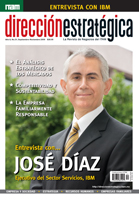
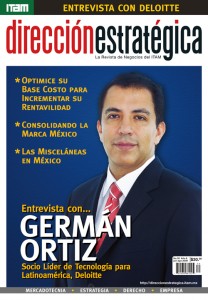
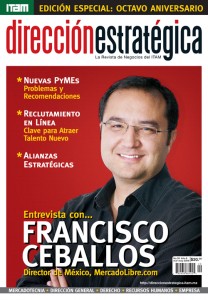

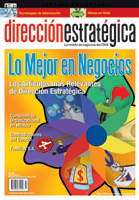
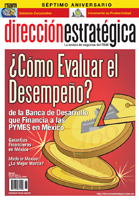
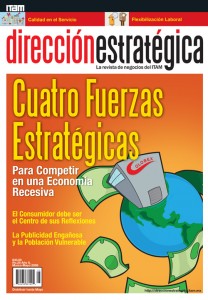
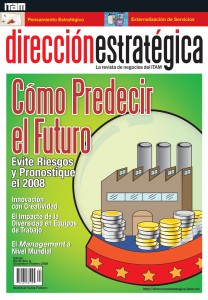
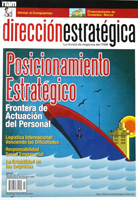



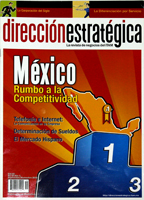
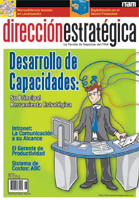
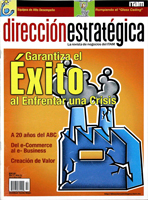
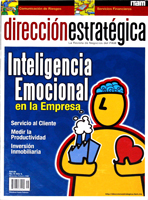
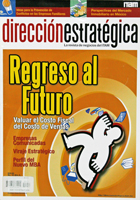
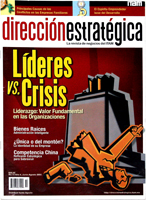








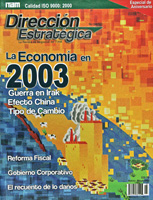
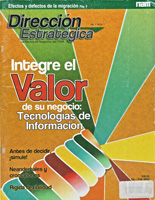

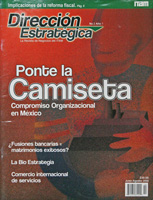
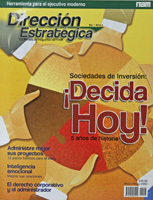
One Trackback
[...] (leer más…) [...]